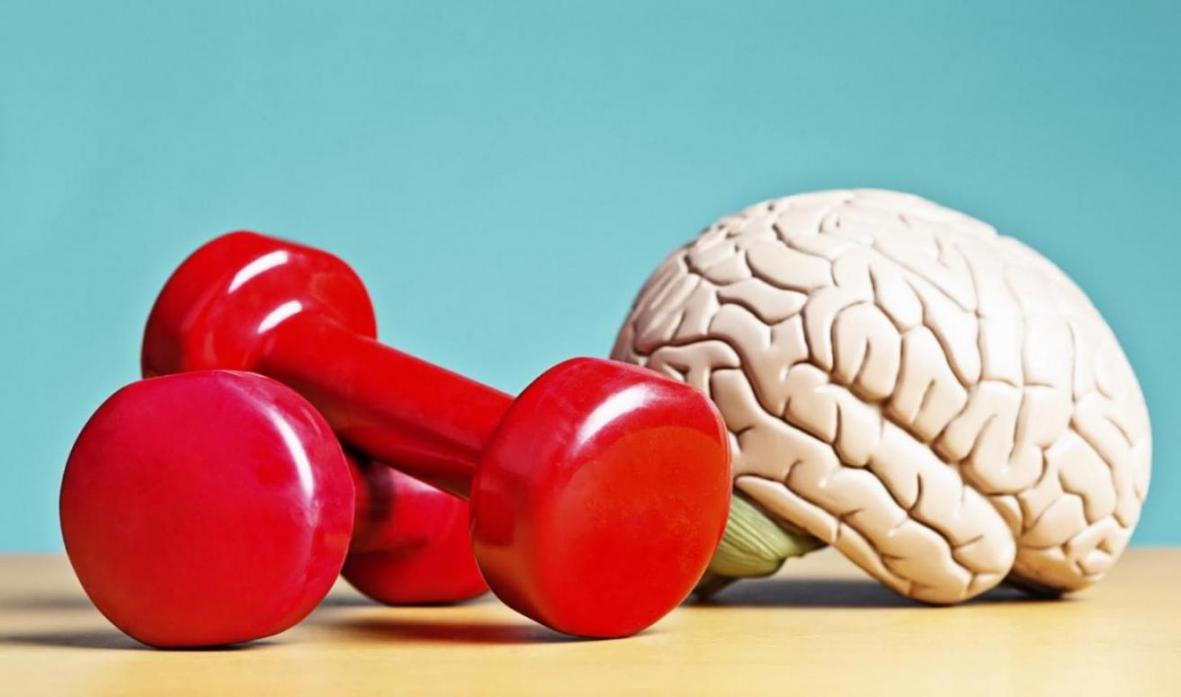Around 40% of Iranians in the age groups 15-64 years suffer from physical inactivity.
Fars Province tops with the lowest level of physical activity at 53.4% followed by Sistan-Baluchestan and Bushehr with 52.5% and 50.4% respectively, said Ahmad Kousha, Head of the Non-Communicable Diseases Center at the Health Ministry.
Kohgiluyeh and Boyer-Ahmad Province with 20.4% has the most active inhabitants followed by Mazandaran and Lorestan provinces with 22.4% and 27.9% levels of physical activity respectively.
Regular exercise among Iranians is showing a descending trend in general, he said quoted by IRNA. In 2008, nearly 38% of Iranians led sedentary lifestyles and this figure reached 39% in 2009 and 40% in 2012.
Kousha said physical activity is the best “fountain of youth.” By breaking away from a sedentary lifestyle to a physically active state in any dose, one can reduce biological age and improve overall health significantly.
Healthy diet, minimizing stress, going for regular health check-ups and getting enough sleep all contribute to good health. However, regular exercise is one of the most effective ways to improve overall health and wellness.
Physical exercise has shown to improve brain function and body’s antioxidant defense mechanism, decrease pain and reduce depression. It has also been shown to reduce the risks of Alzheimer’s, cardiovascular diseases, diabetes and dementia. Nearly 40% of deaths in Iran are a direct result of heart diseases.
There are several hurdles to physical activity such as health, personal, social and environmental factors. Studies show that tradition and customs, superstitious beliefs and cultural issues are some of the barriers to engaging in fitness workouts, particularly among women in smaller towns and rural areas.
Obesity
Physical inactivity is common in Iran and is seen especially among females and in the older age groups. Preventing a rapid growth of non-communicable diseases such as diabetes and cardiovascular diseases requires health programs with more focus on physical activity.
Around 70% of adults over the age of 20 in Tehran are either obese or overweight, according to Dr. Fereidoon Azizi, president of the Research Institute for Endocrine Sciences at Shahid Beheshti University of Medical Sciences. Also, Iranian children watch an average of four hours of television a day and adults drive cars more and exercise less than they used to. A decline in physical inactivity, particularly in big cities, combined with other factors such as eating junk food, is the main reason for obesity.
Socio-cultural barriers are seen as the biggest obstacles to participation in physical activity programs especially among older women in the country. “It is important to include them in physical health promotion programs and increase their level of bodily activity,” Kousha said.
Therefore, socio-cultural issues need to be considered while designing physical activity promotion programs, particularly for women, he added.


